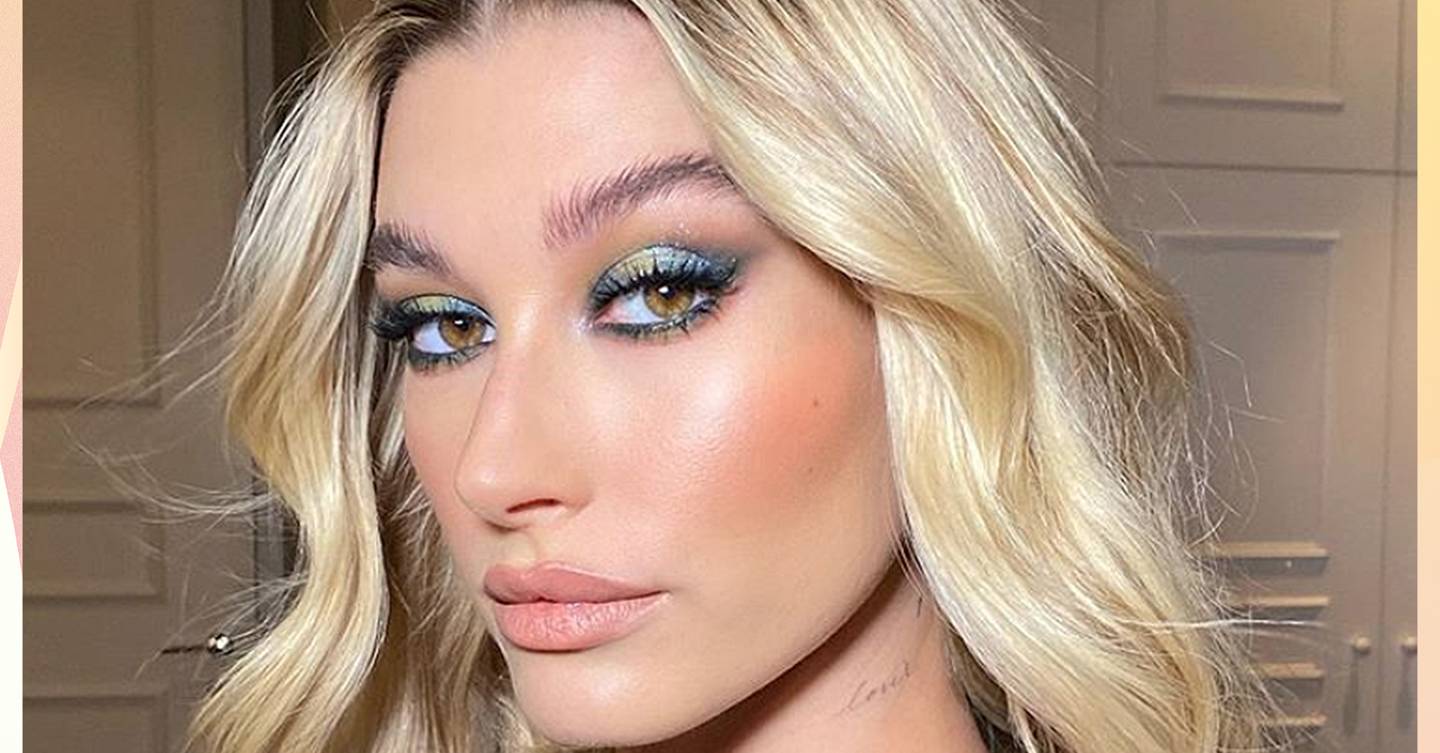A lot of the time, beauty trends act like rubber bands. The farther you stretch them, the harder and faster they snap back. Never has that been so true as it has been for eyebrows. Though thin brows with high, rounded arches dominated the ’90s and ’00s, celebrities like Cara Delevingne, Lily Collins, and Emilia Clarke brought a powerful trend of thick brows with squared corners and feathered edges to the 2010s. Those who overplucked their arches in the decades prior began growing back their natural shapes and intentionally fluffing out their eyebrows, paving the way for a long-ignored makeup technique: soap brows.
You’ve seen the term “soap brows” plastered all over makeup tutorials and Instagram posts from influencers and beauty professionals alike — but what does it actually mean? While some use the phrase to describe the brow look in itself, “soap brows” actually refers to a specific eyebrow grooming method. It’s exactly what it sounds like: using bar soap instead of eyebrow gel. Crazy as it sounds, plenty of makeup artists prefer soap to groom eyebrows due to its stronger hold on hair, simplicity, and affordability.
Take, for example, Swedish makeup artist Linda Hallberg, who has one of the most popular soap brow tutorials on YouTube and is known across beauty communities for her strong arches. She says that holding brows in place with soap has always been a common technique among makeup artists, but a social media boom brought it to the mainstream around 2016 and hasn’t dissipated since.
“All new trends are picked up super fast nowadays; it’s crazy,” she says. “But now that full and fluffy brows are on-trend, soap is the easiest way to achieve the look, especially if you don’t have fluffy brows by nature.”
Eyebrow artist Robin Evans also credits the recent surge in soap brow to a tip from Rihanna’s makeup artist, Priscilla Ono, that went viral in 2018.
As far as technique goes, little time nor effort is required with soap brows. Dampen a clean spoolie brush — Evans advises using “a setting mist like you would use to hold your makeup. It gives the brows an extra hold.” She continues: “Then, apply it to the brows, both brushing up and backcombing and up again until you get them styled where you want them.”
Hallberg’s advice is not to go overboard on the soap right away; you’ll get better hold and have more control of hair placement if you apply the soap in thin layers.
Hallberg prefers to do the look on naturally full and unkempt brows, but says those with sparse brows shouldn’t feel turned away from the trend due to its focus on the hair. “With more sparse or thin brows, you might have to add some more colour to them to make them look full and feathery,” she says, but insists that the barer the base the better.
Evans, on the other hand, thinks thin- to medium-thick brow hairs are more suited to soap brows because courser hair is more stubborn to the sky-high hold she’s trying to achieve. She likes to make eyebrows stand out by temporarily tinting hairs. “Brows are naturally slightly lighter at the tips, so when they’re tinted they stand out even more,” she says.
Moral of the story: Almost anyone can partake in soap brows, but the look’s longevity and intensity can depend on your natural eyebrow situation.
For the purpose of eyebrow grooming, you can’t use just any old soap that’s lying around. The most important factor you should take into account when looking for the right soap is glycerin. Glycerin soap’s relatively low pH prevents irritation, which is definitely something you need in a product you’re putting directly on your face.
Aesthetically speaking, Hallberg recommends soap that’s transparent — she uses Muji Bath Soap — to avoid casting hairs with white residue. Luckily, a majority of glycerin-based soaps are transparent. Evans says another great glycerin soap is Pears, but she uses West Barn Co.’s Soap Brow Kit on most clients because it’s specifically formulated to be used directly on eyebrows.
Why not just use regular eyebrow gel? Hallberg says that by makeup artist standards, most brow gels simply don’t have the impact and long-term hold desired, and anyone with uncooperative brow hairs would likely agree. There’s a reason for that, according to cosmetic chemist Ginger King. “Hair gels are water-based,” she says. “Once people sweat, the hold factor can be weakened.” Bar soap, on the other hand, is thicker than gels and pomades, which King says contributes to its strength of hold.
But, of course, like anything else that cuts down on time and effort, the soap brow method comes with its downfalls. Hallberg notes that complexion products and soap are not the friendliest combo. “If you have a lot of foundation around your brows, the foundation will start to look weird if the soap gets on the skin,” she says.
On top of that, King warns that soap has the potential to seep down to the eyes due to excessive sweat or water, which we all know can sting, bad. Additionally, consistent use of soap on the eyebrows can cause skin irritation due to most soaps’ high pH levels. “This is one of those hacks [that’s] OK to use once in a blue moon, not continued use,” King says.
